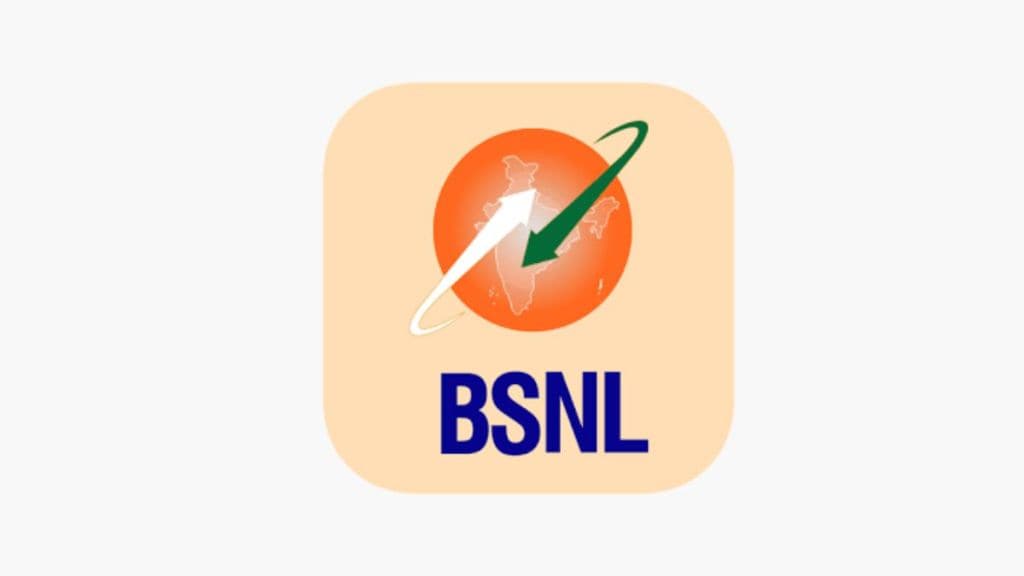State-run telecom operator Bharat Sanchar Nigam Ltd (BSNL) will upgrade all its 4G towers to 5G within the next six to eight months, as part of India’s broader push to develop a homegrown telecom ecosystem, Union communications minister Jyotiraditya Scindia said.
Speaking at the fourth Kautilya Economic Conclave here, Scindia said BSNL’s fully indigenous 4G stack—developed by C-DOT, Tejas Networks and Tata Consultancy Services— has placed India among a select group of five countries capable of delivering an end-to-end homegrown telecom solution.
“When BSNL advanced down the route of executing on 4G, there was a difficult decision to make. The easy path was to buy equipment from foreign vendors which are only four in the world; the difficult path was to invent our own 4G stack,” the minister said.
“In just 22 months, we developed our own core software, radio access network (RAN), and had an Indian system integrator in TCS,” he added.
‘Made in India’ telecom stack
So far, 92,564 towers have been commissioned across the country, the minister said, noting that Prime Minister Narendra Modi inaugurated them last week. India now has the fastest 5G rollout in the world, covering 99.8% of districts.
BSNL posted an operating profit of Rs 5,396 crore in the current fiscal year, more than double the Rs 2,164 crore recorded a year earlier. The company has reported two consecutive profitable quarters.
Operational and economic momentum
The telco’s subscriber base rose to 9.1 crore from 8.7 crore— the first increase in years—while its 4G network has grown from 9,000 sites in June last year to 98,000 sites, now serving over 22 million people, Scindia said at BSNL’s 25th anniversary celebrations.
India’s next phase of growth must be powered by “Atmanirbhar innovation, not imitation,” the minister said, adding that global disruption has created an opportunity for India to strengthen its capabilities in telecom, semiconductors, and artificial intelligence.
Calling artificial intelligence the next frontier of communication, the minister said India’s AI ecosystem must reflect its linguistic and social diversity. “AI should be built in Indian languages and for Indian priorities,” he said, citing the government’s Bhashini app as an example of how real-time translation can bridge communication gaps.
Amid global challenges marked by protectionism, geopolitical tensions, and climate shocks, Scindia said India has shown resilience, clocking GDP growth of 7.8% in the first quarter of FY2025-26.
India is on track to become the world’s third-largest economy by the end of 2027 and the second-largest by 2038, he added.


